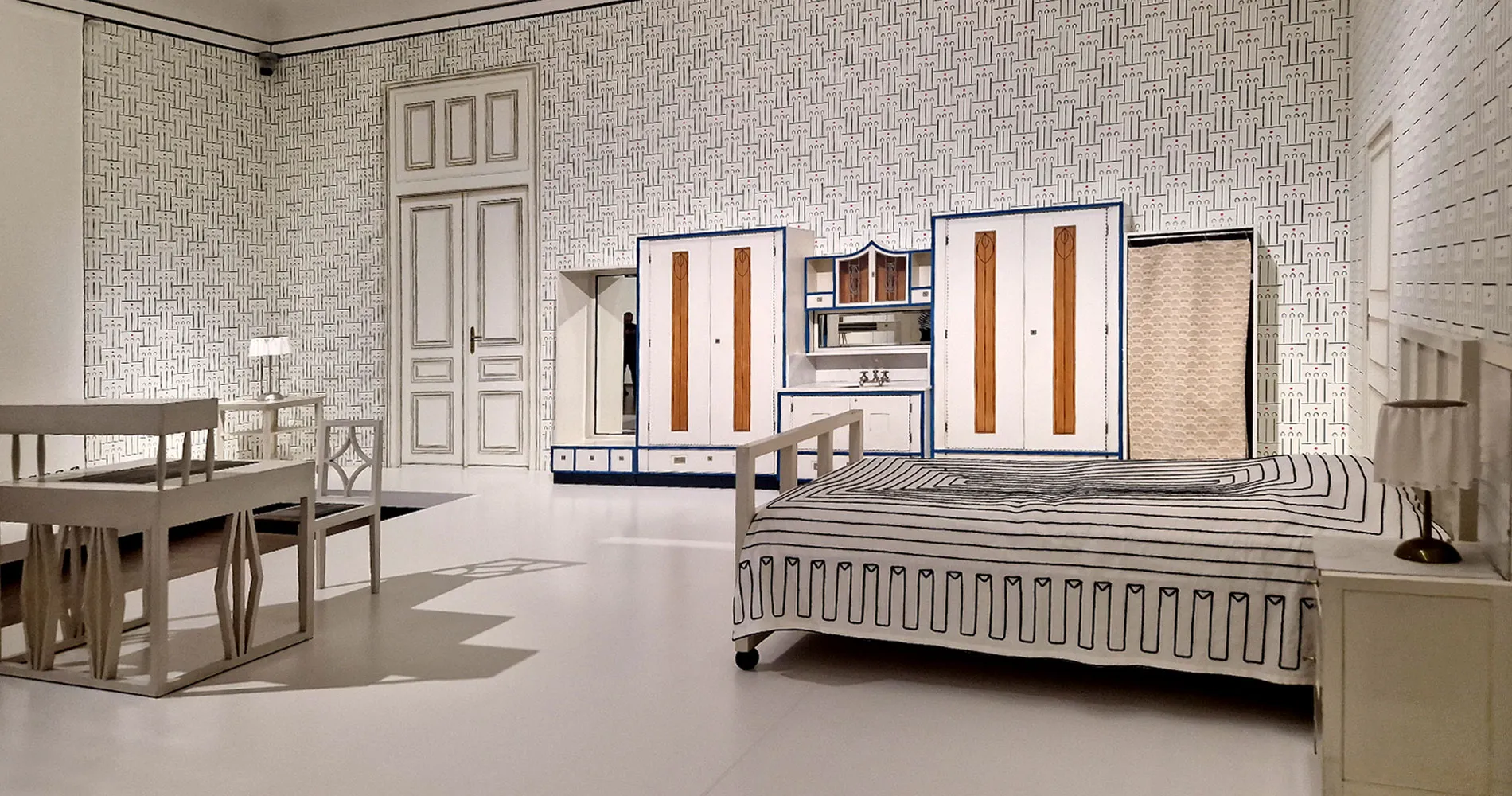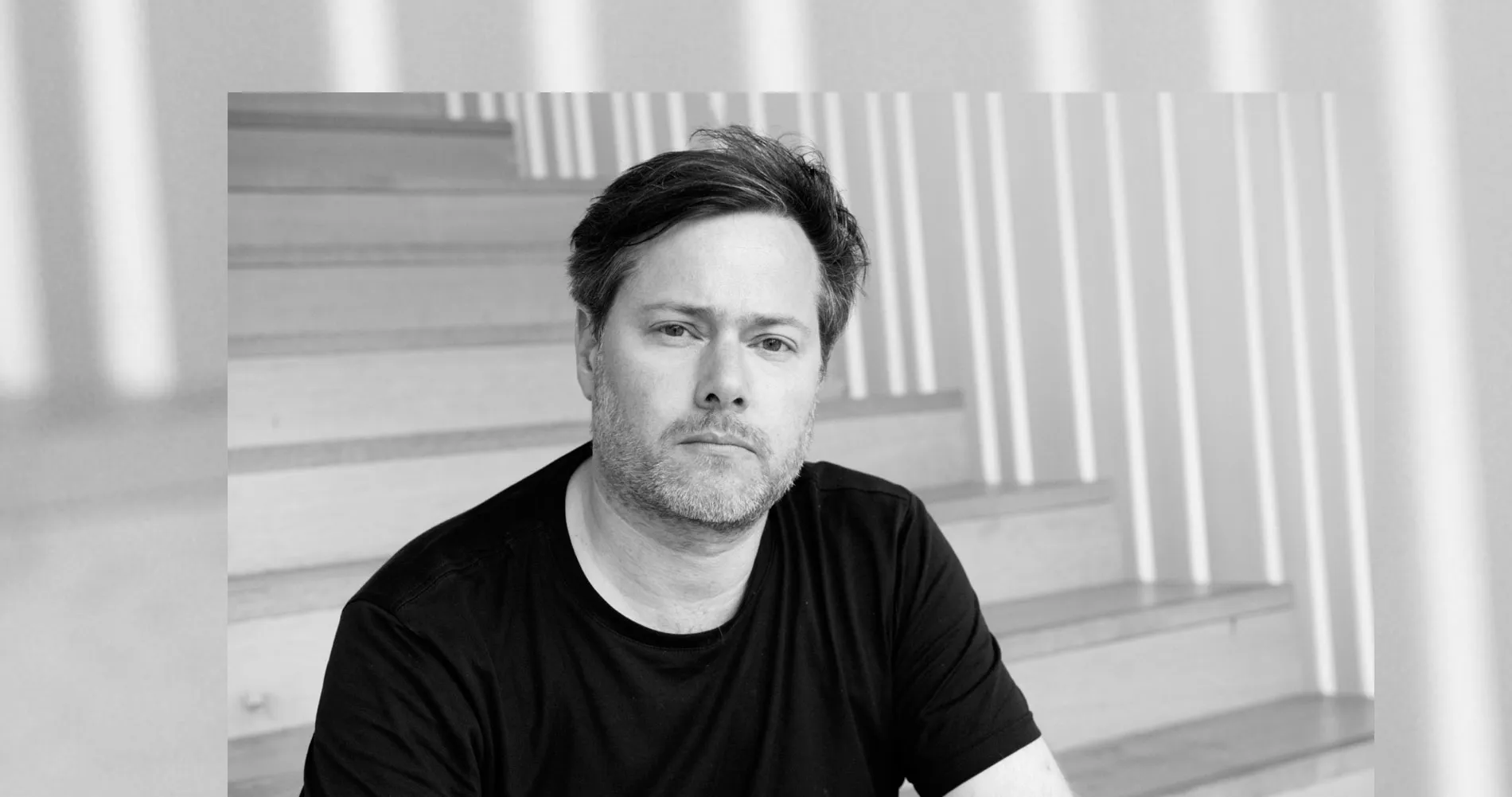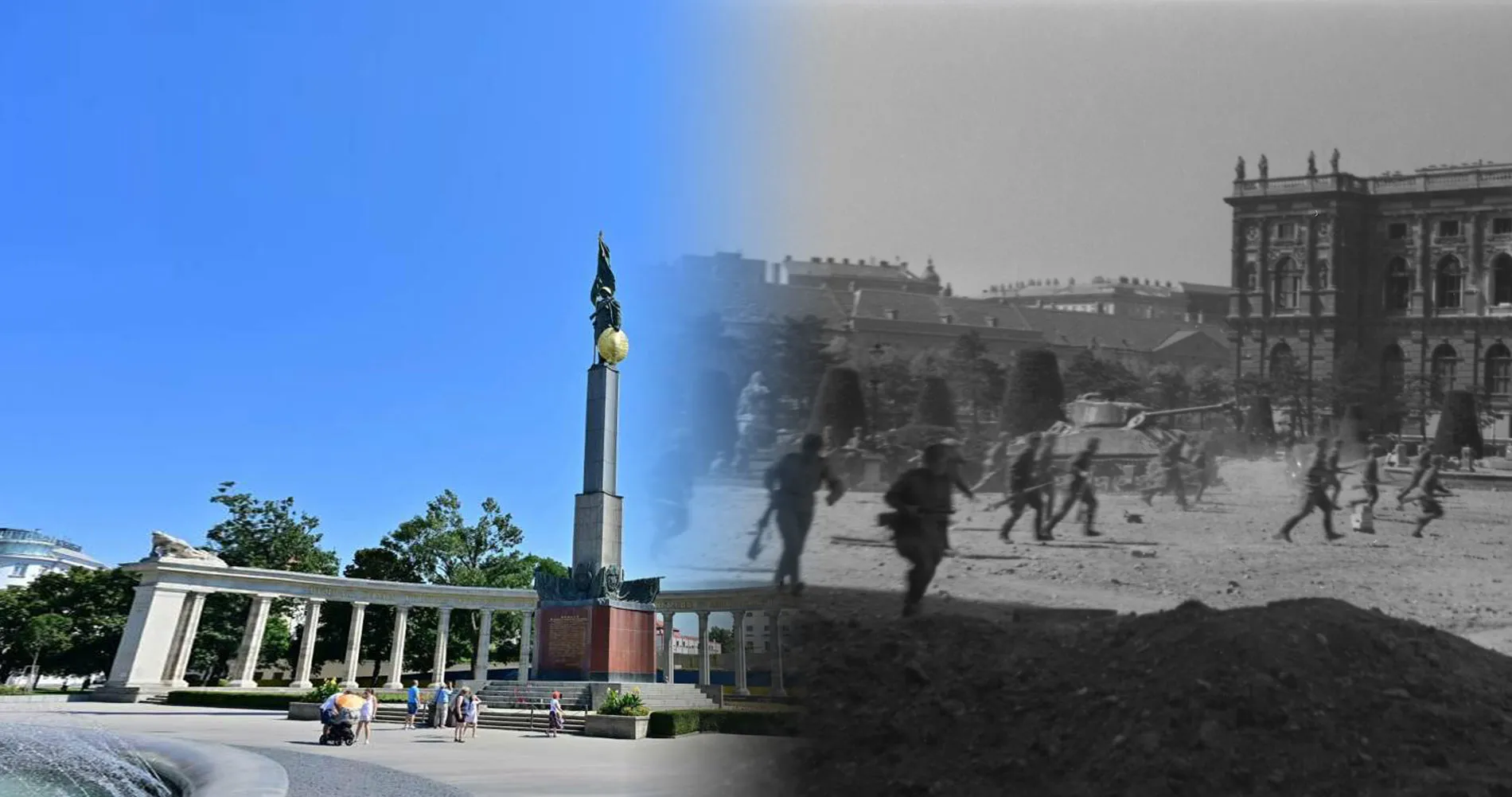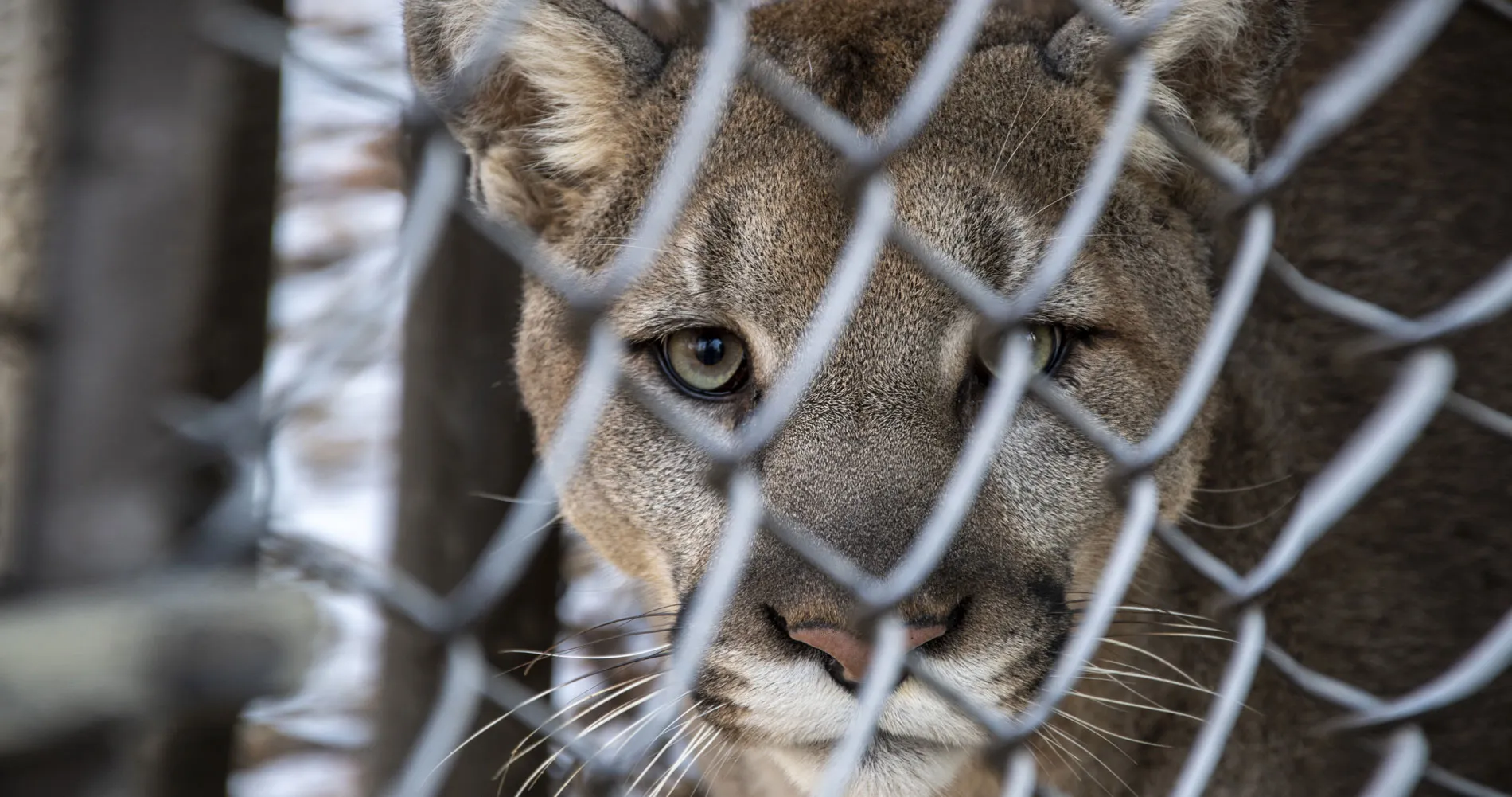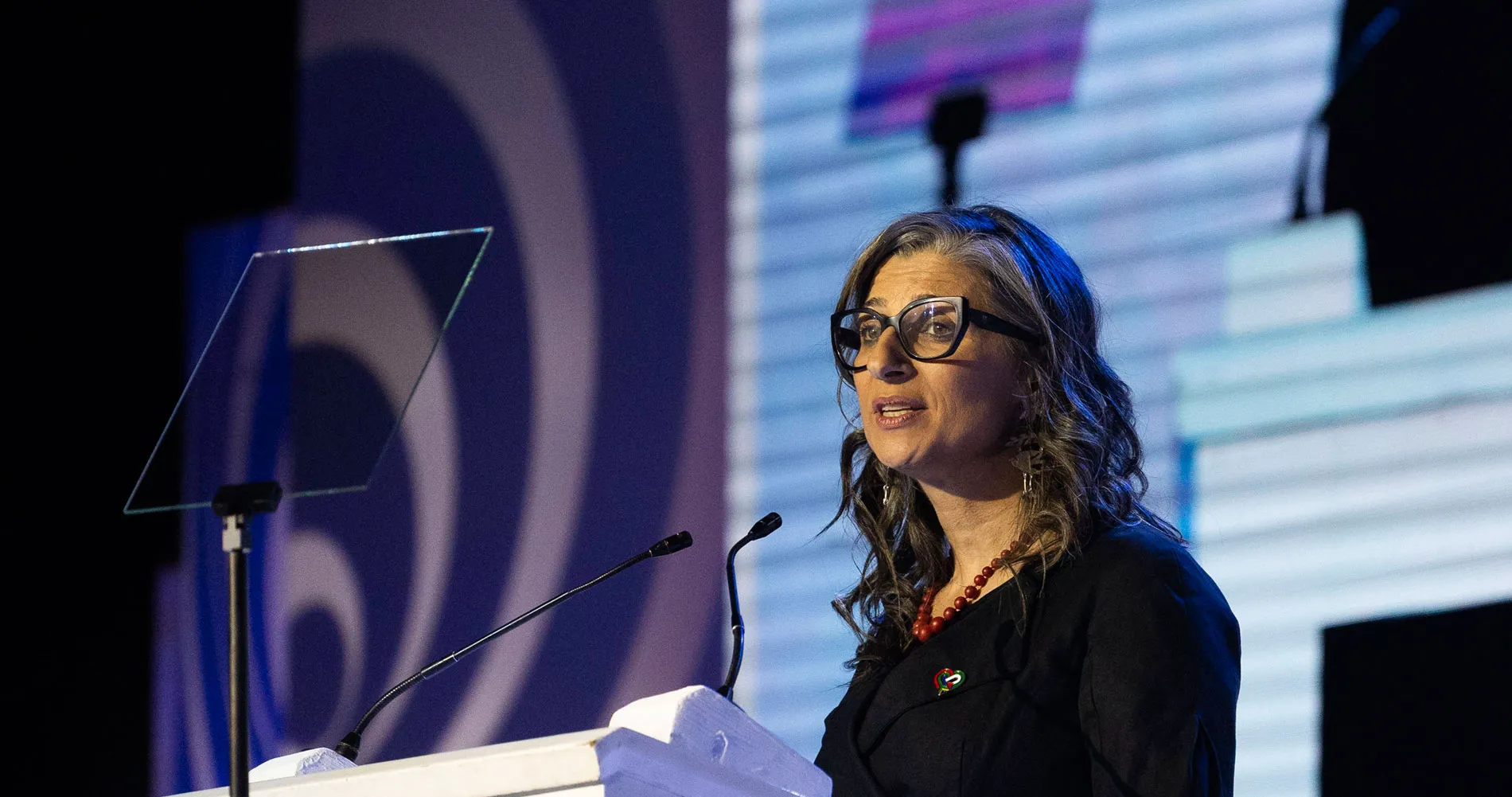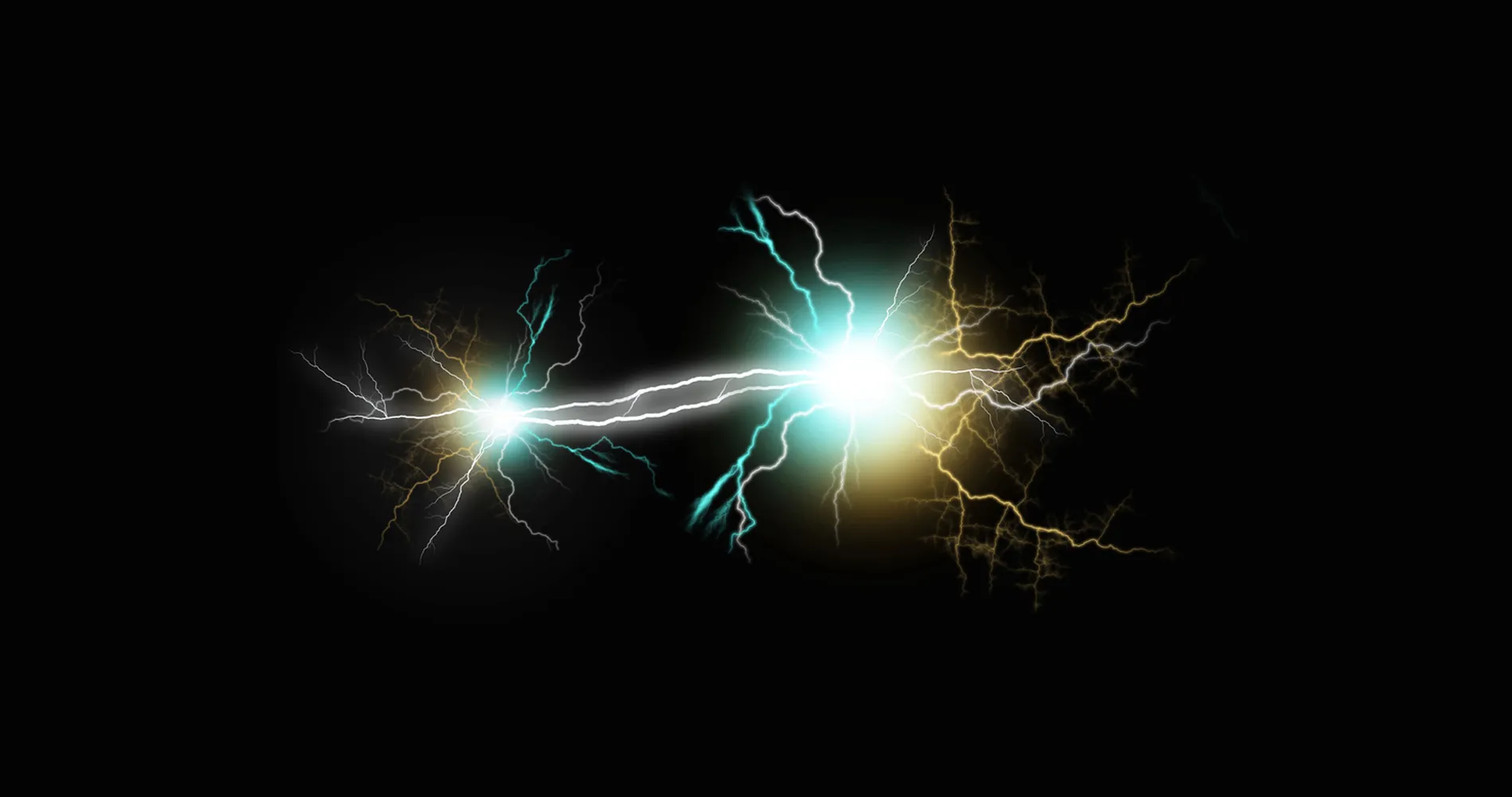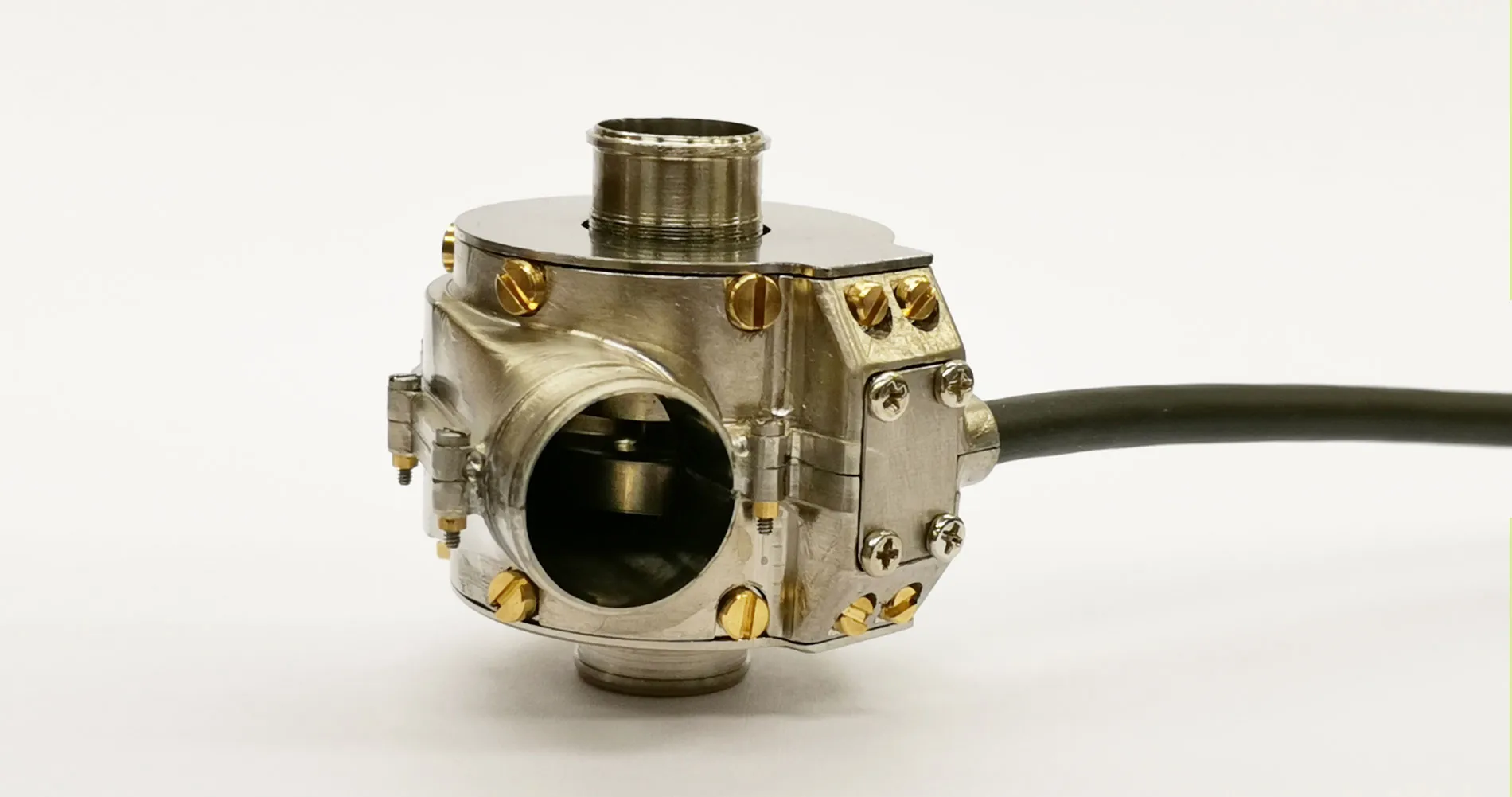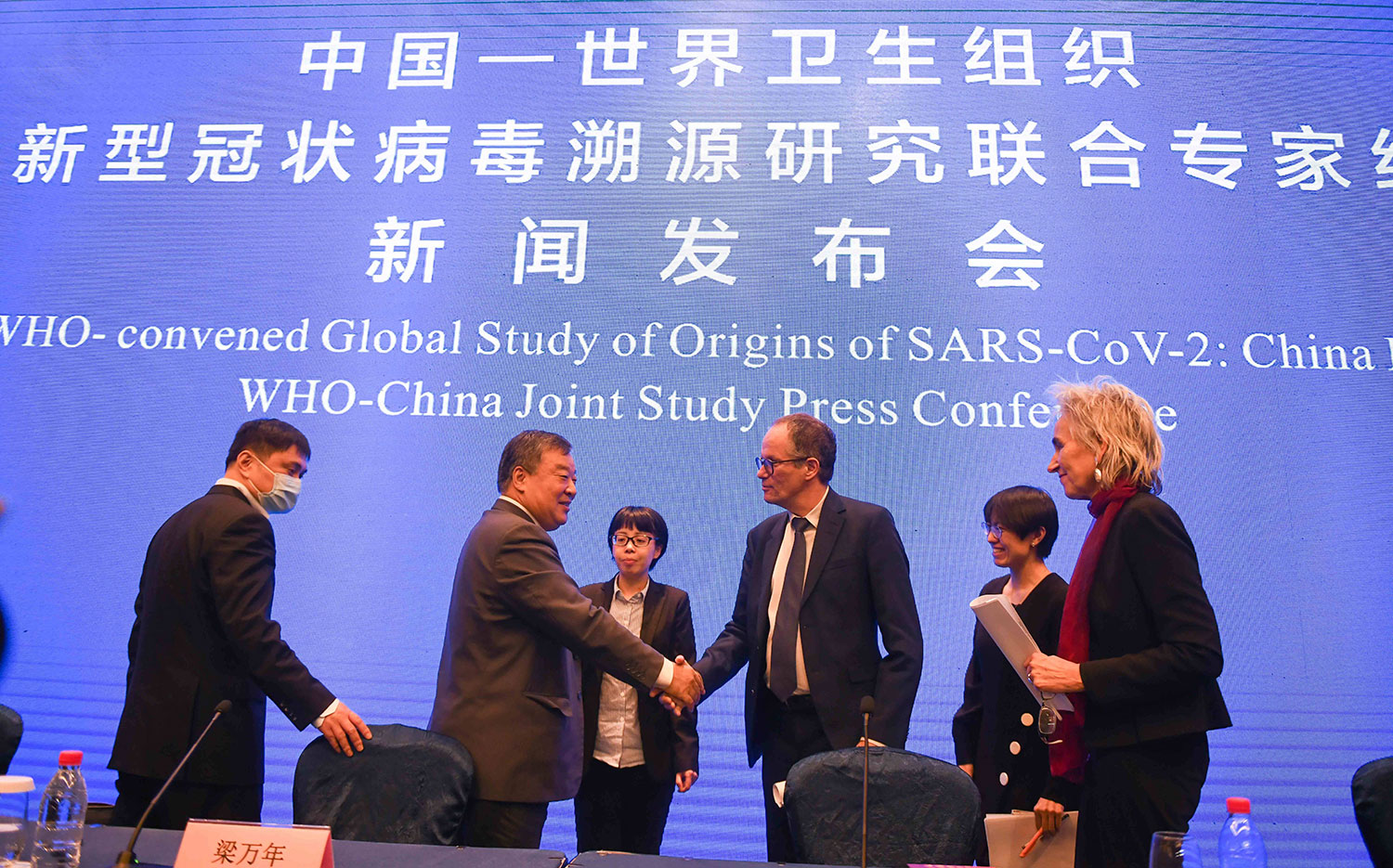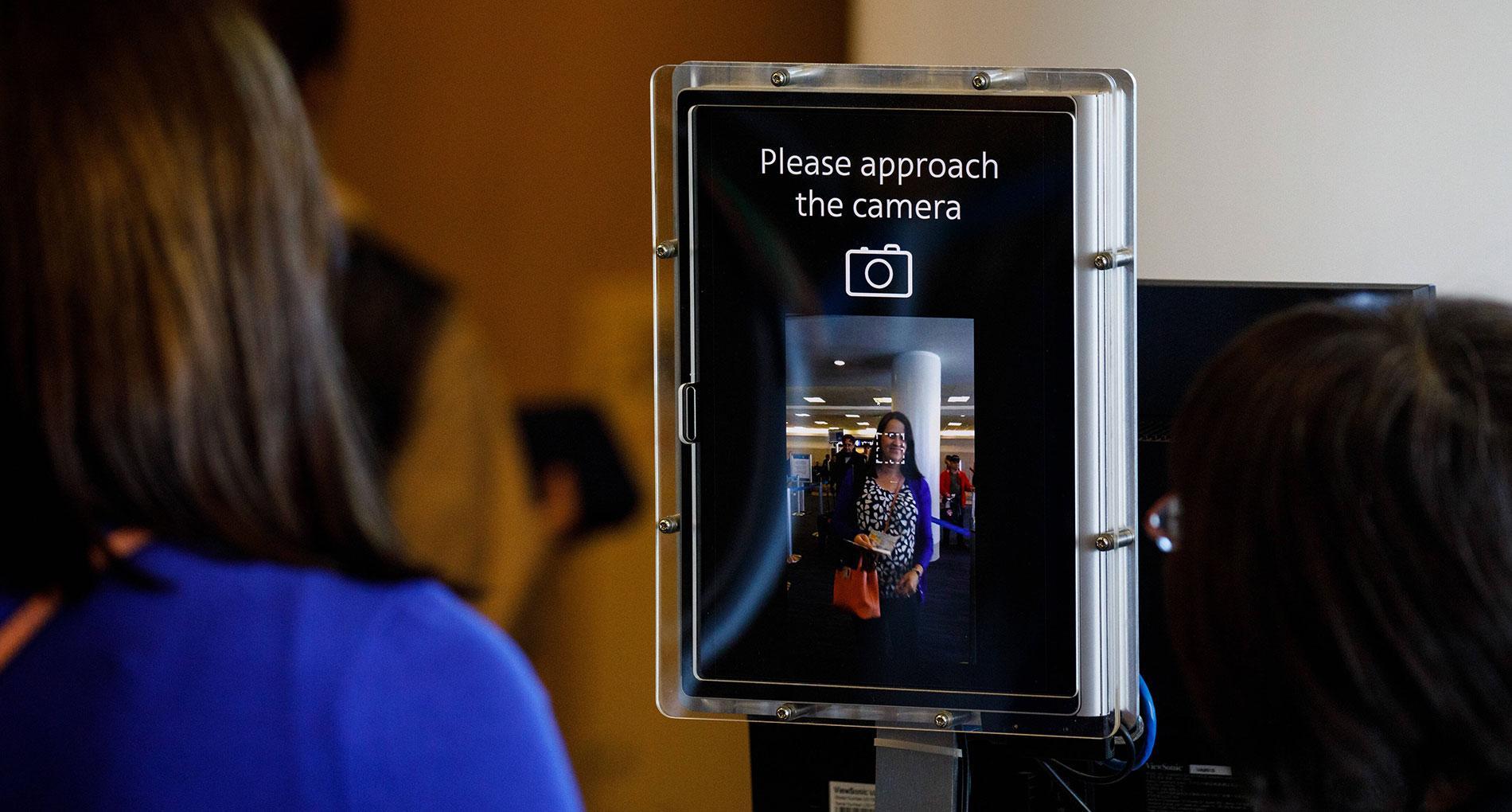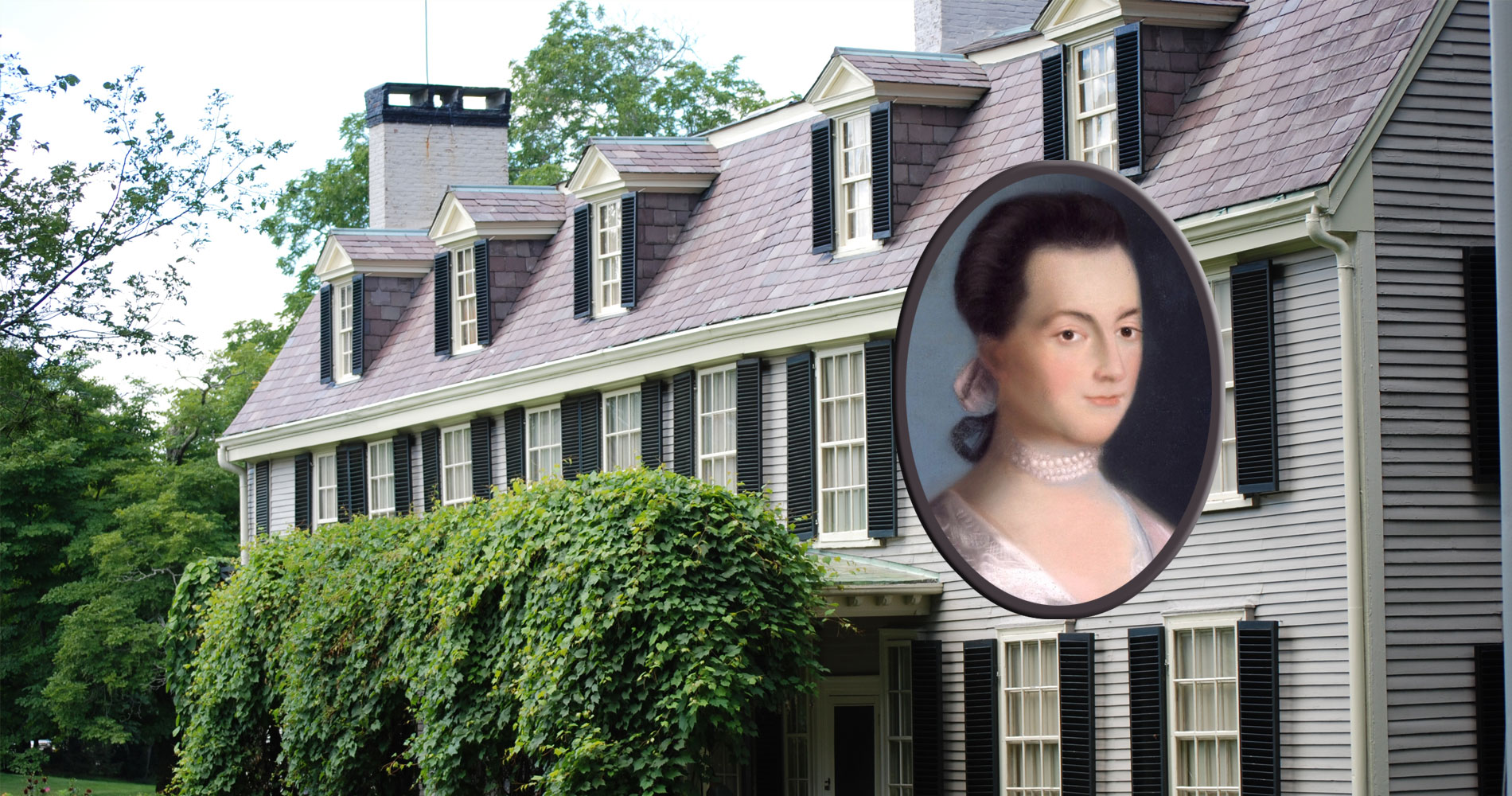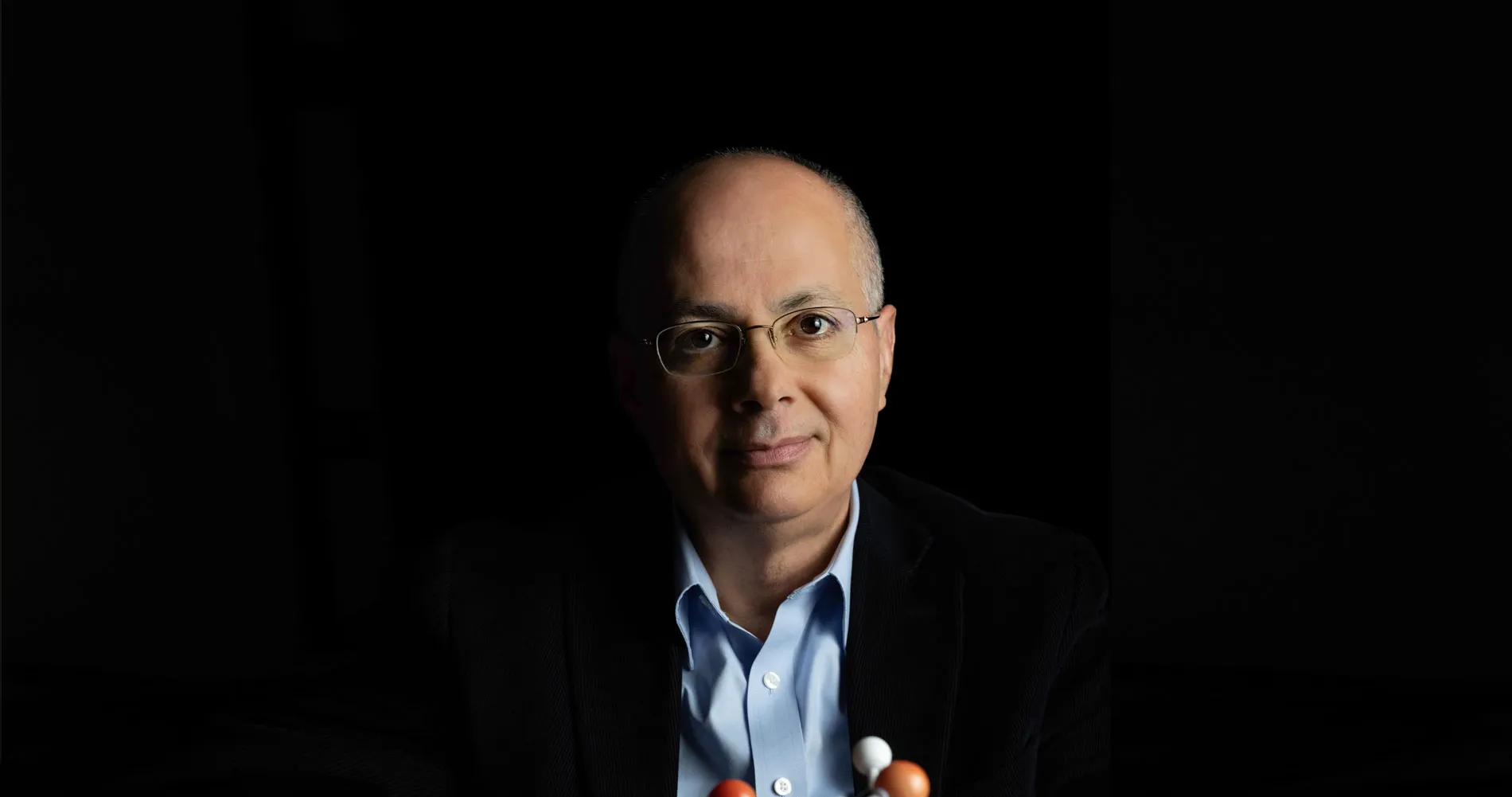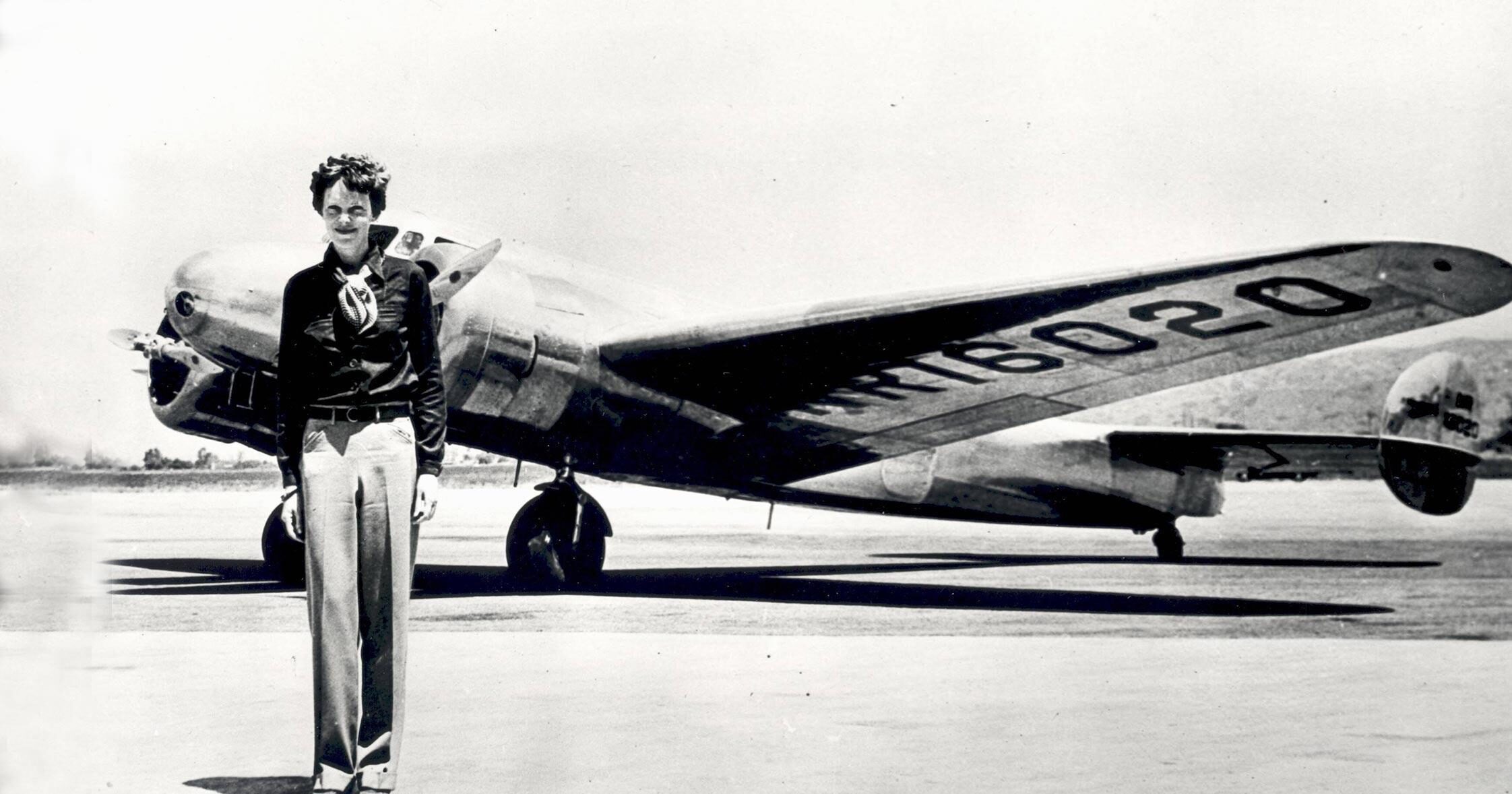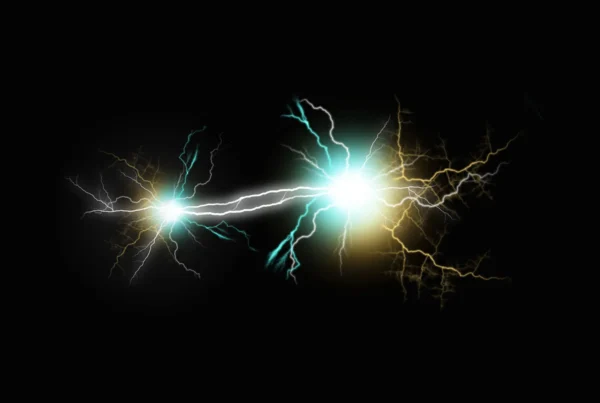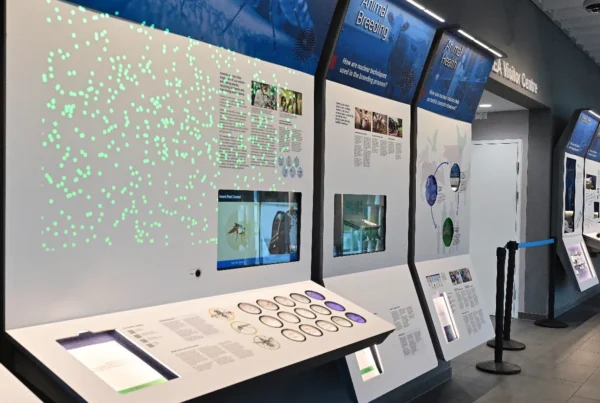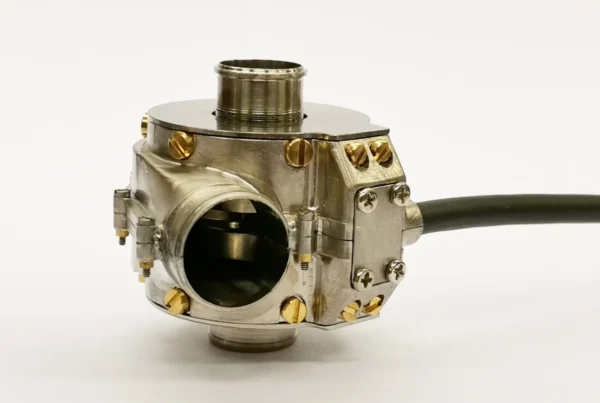Vienna at the turn of the 20th century was famously a cultural stronghold of its time. Although the Habsburg monarchy was already on the wane and the individual states of the Austro-Hungarian Empire were striving for independence, Vienna was still a hotspot for intellectuals, artists and scientists from all over Europe. Many disciplines such as painting, literature, music, architecture, psychology, philosophy and broke new ground, influencing the Western world to this day. Vienna’s Leopold Museum has dedicated the permanent exhibition “Vienna 1900” to this impressive era.
Alexandra Dubsky
12 February 2025
German version
The Exhibition at the Leopold Museum, “Vienna 1900 “, which stretches over three levels and comprises around 1300 exhibits, impressively demonstrates the cultural and intellectual achievements of this era. It presents masterpieces from the Leopold Museum’s collection as well as works on permanent loan from national and international collections. The artistic grandeur of Viennese modernism is successfully presented in the context of its intellectual depth.
The exhibition focuses in particular on the “Vienna Secession”, founded in 1897 by the artists Gustav Klimt, Koloman Moser, Josef Hoffmann, Joseph Maria Olbrich, Max Kurzweil and others as a spin-off (Secession) from the Vienna “Künstlerhaus”, as the artists rejected the traditionally dominant conservatism of the concept of art and committed themselves to modernism.
 Exhibition poster, Secession
Exhibition poster, Secession
 Green urban railway (Stadtbahn) railing
Green urban railway (Stadtbahn) railing
Marie von Ebner- Eschenbach, Sigmund Freud, Franz Kafka, Adolf Loos, Otto Wagner, Stefan Zweig and many other brilliant minds all lived in Vienna at the turn of the last century, a vibrant place where the splendour of the aristocracy contrasted with the poverty of the lower classes, anti-Semitism caused the birth of Zionism and rigid traditions clashed with the spirit of modernity. Josef Hoffmann’s architecture and the designs of the Viennese Art Nouveau as well as Arnold Schönberg’s “Emancipation of Dissonance” and Freud’s theory of the subconscious are examples of the epochal dynamics of this time.
At the same time, prominent architects such as Otto Wagner, Josef Hoffmann, Adolf Loos and Joseph Maria Olbrich designed world-famous buildings in the Austro-Hungarian capital at the turn of the 20th century, such as the Secession building, the Postal Savings Bank and the Looshaus.
First and foremost, it was Otto Wagner who has had a decisive influence on the city of Vienna Viennese to this day. He developed a geometric interpretation of Art Nouveau, characterized by clear, symmetrical building forms, functional and yet elegant. His most important buildings in Vienna include the stations, bridges and railings of the former Stadtbahn (today the subway lines U4 and U6), the Museenhaus on Wienzeile, the church at Steinhof and the iconic Postsparkasse.
The painters Gustav Klimt and Egon Schiel are further highlights of the exhibition; in addition to their short biographies, many lesser-known works by the two artists are also on display. “Gustav Klimt was considered as the absolute society painter of his time: every wealthy member of the Viennese moneyed and industrial aristocracy commissioned him to paint portraits,” an art historian visiting the exhibition told iGlobenews.
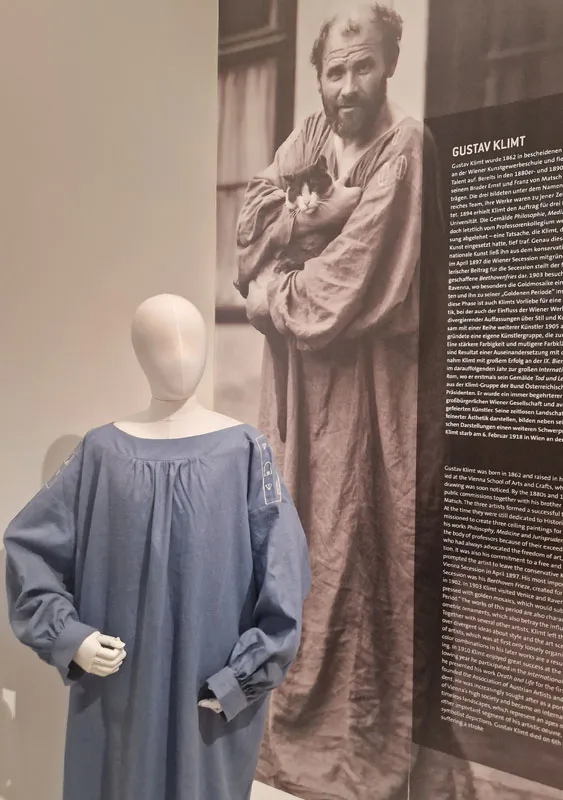 Gustav Klimt
Gustav Klimt
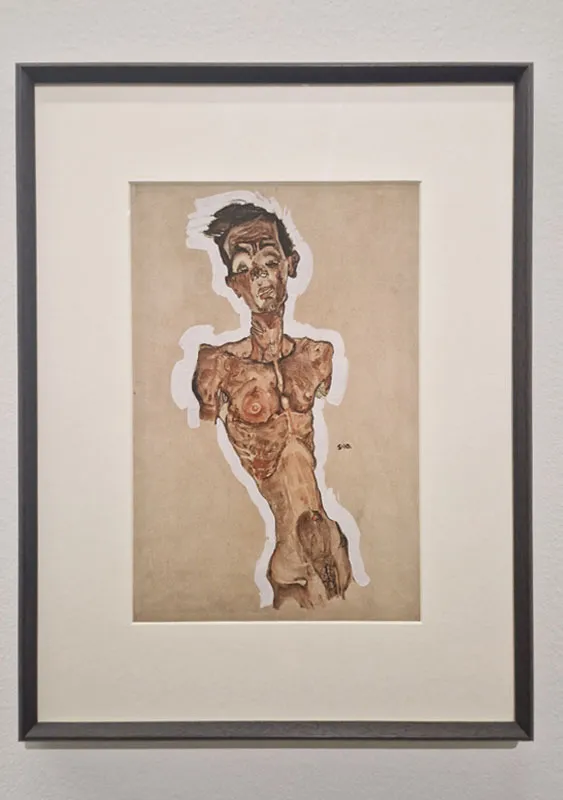 Egon Schiele, self-portrait
Egon Schiele, self-portrait
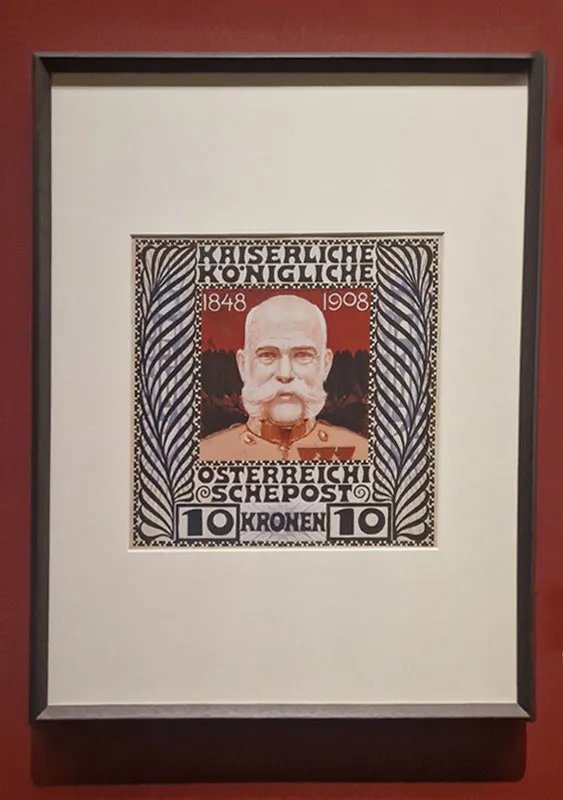 Koloman Moser, Design for the Austrian anniversary stamp of Emperor Franz Josef 1848 – 1908
Koloman Moser, Design for the Austrian anniversary stamp of Emperor Franz Josef 1848 – 1908
However, she added that the works of his disciple Egon Schiel were considered “pornographic” at that time and were much less appreciated by the bourgeoisie of the late 19th century and early 20th century. In 1910, Schiele made a radical artistic development away from secessionist Art Nouveau towards his distinctive expressionism, which illustrates the crisis of his search for identity.
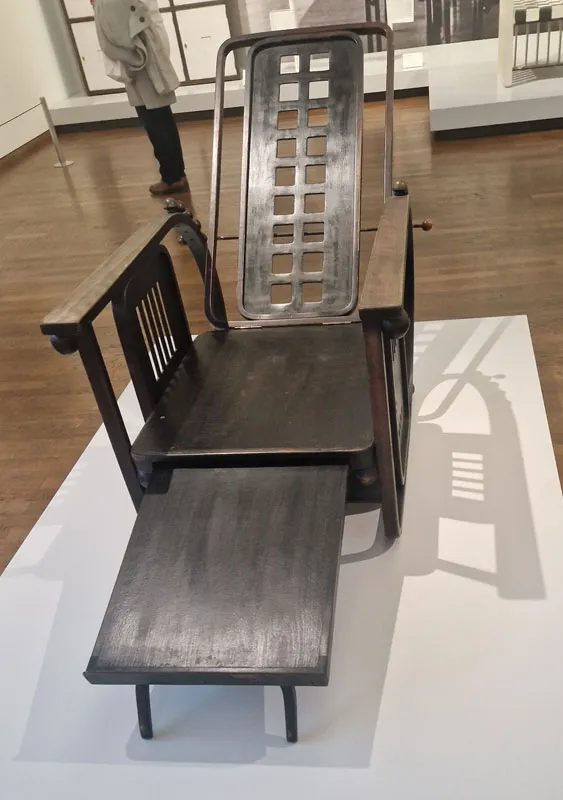 Josef Hoffmann, deck chair
Josef Hoffmann, deck chair
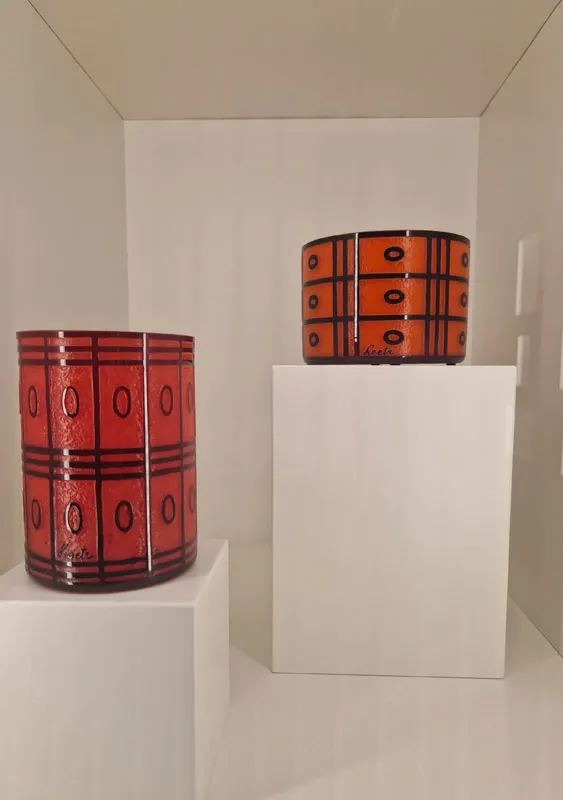 Josef Hoffmann, glasses
Josef Hoffmann, glasses
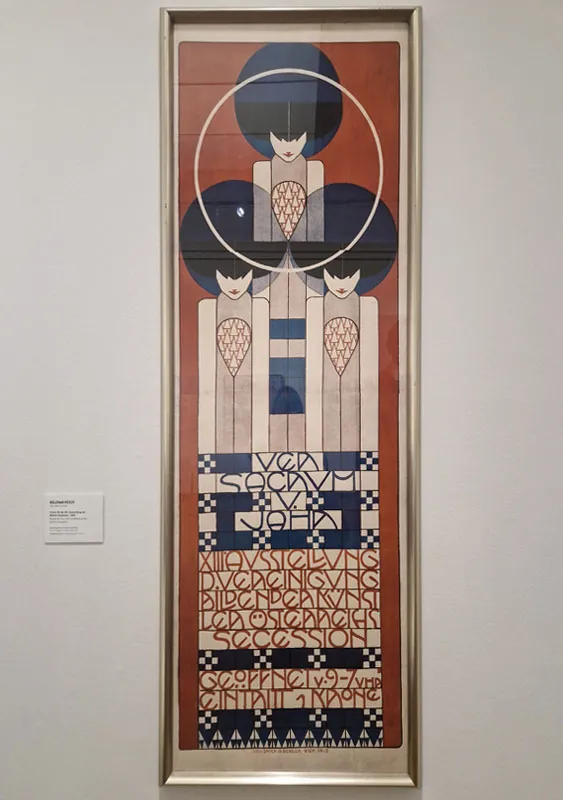 Poster for a Wiener Werkstätte exhibition
Poster for a Wiener Werkstätte exhibition
An entire floor of the exhibition is dedicated to the works of Josef Hoffmann, who founded the “Wiener Werkstätte” together with his fellow artist Koloman Moser in 1903. The former Westend Sanatorium in Purkersdorf (1904/5) is on full display. Hoffmann was commissioned to design the entire facility, including the interior, as a complete work of art. The contractor and developer was Victor Zuckerkandl, the brother-in-law of the salon lady and famous journalist Berta Zuckerkandl, a great advocate of the Viennese Modern Movement.
In addition to photographs of the famous “Wasserheilanstalt”, several furniture and design pieces by Hoffmann, Moser and their contemporary Oskar Kokoschka are on display, which illustrate the formidable, playful character of the Viennese Art Noveau.
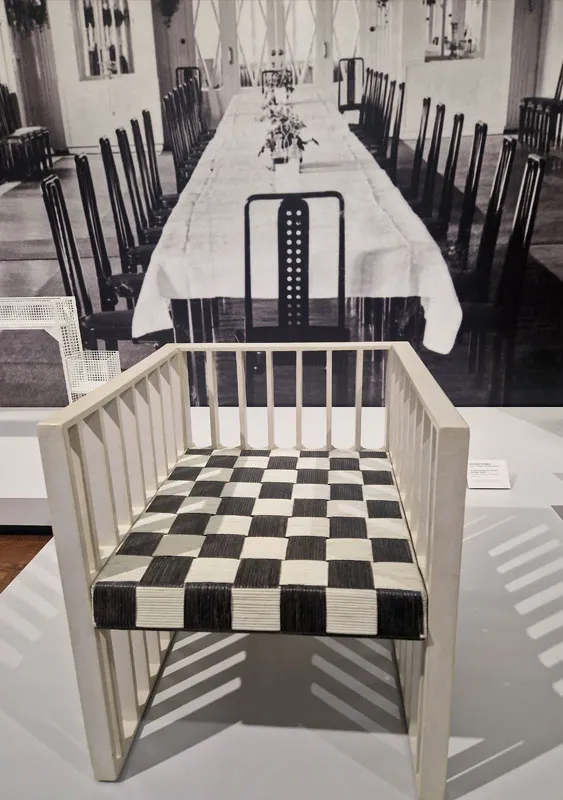 Josef Hoffmann, chair in the Wasserheilanstalt
Josef Hoffmann, chair in the Wasserheilanstalt
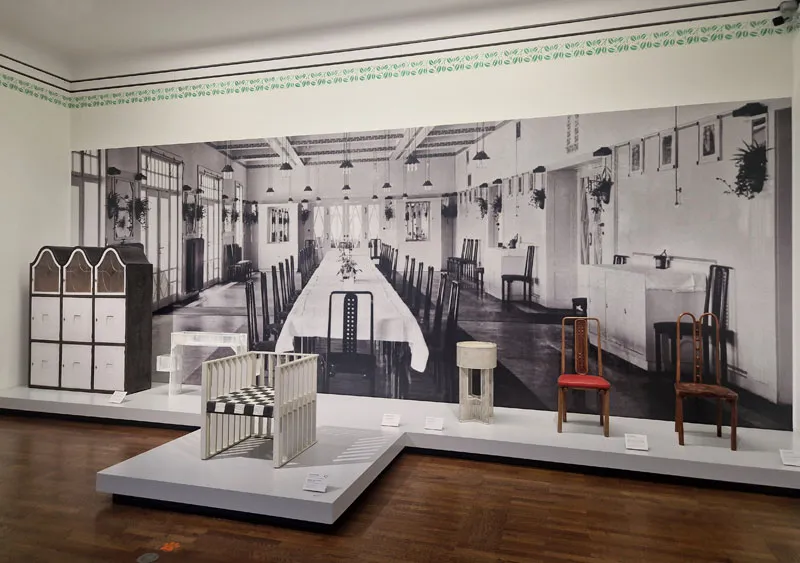 Wasserheilanstalt designed by Josef Hoffmann
Wasserheilanstalt designed by Josef Hoffmann
Museum director Hans-Peter Wipplinger has curated the exhibition very impressively in collaboration with experts from various fields. The result is a remarkable tribute to the city of Vienna in the 1900s, a metropolis whose incomparable cultural contribution has made it a source of inspiration and innovation to this day.


